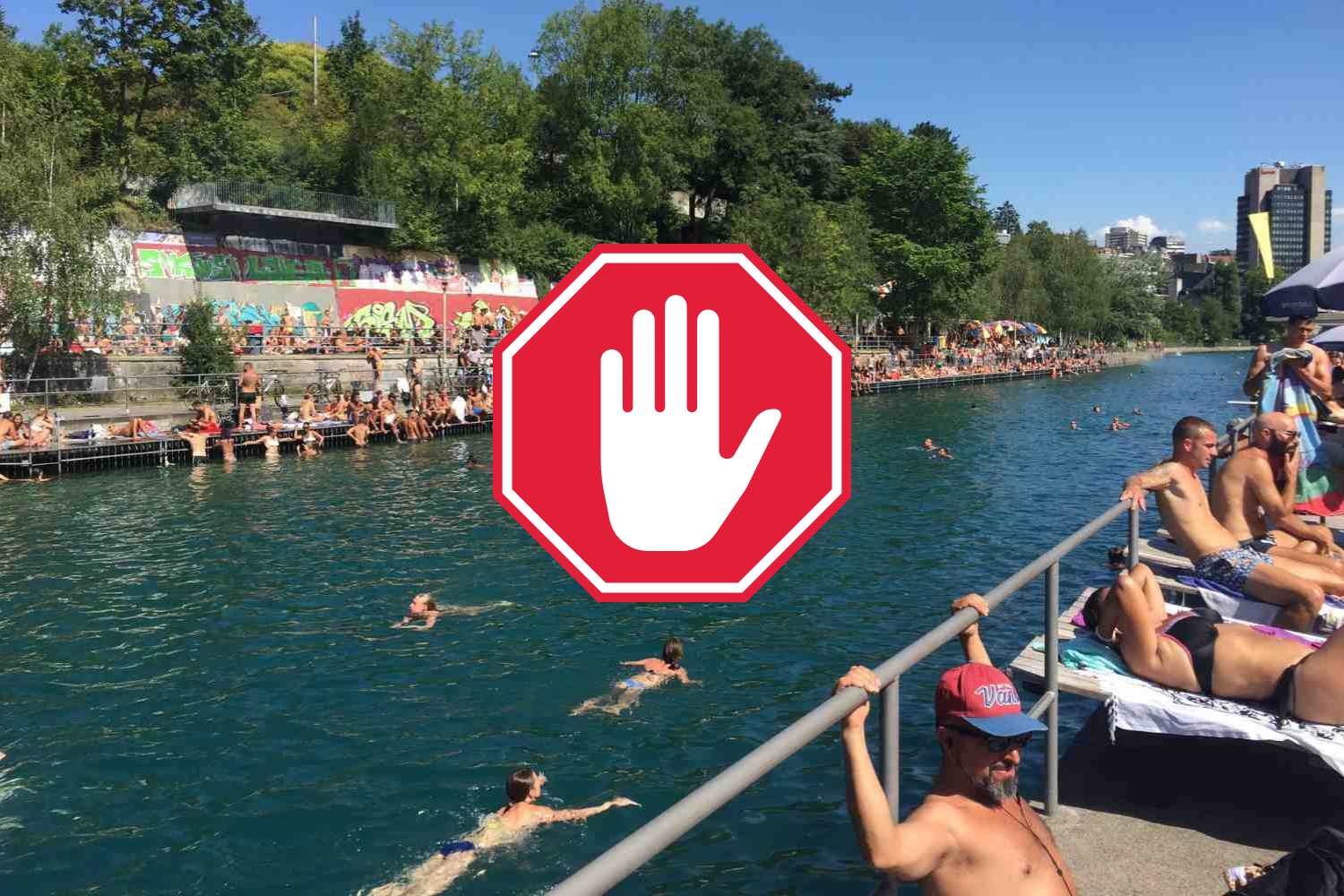Paris reopened the Seine for public swimming—but closed it the next day after heavy rain triggered strict safety protocols.

@Pediavenir/X
It was meant to be a historic splash. After decades of dreams, planning, and over €1.4 billion (about $1.5 billion) in investments, Parisians were finally invited to swim in the Seine. For the first time in a century, the river that cuts through the heart of the French capital was declared clean enough for public bathing. The launch was accompanied by fanfare, hope, and more than 2,300 excited swimmers.
But less than 24 hours later, the gates were locked, the red flags were hoisted, and the Seine was off-limits again.
Rain wins the first round
The culprit? Rain. Just rain. Paris was hit by showers that dropped more than 0.4 inches (10 mm) of water in under 12 hours. According to the city’s safety protocol, that’s the red line. When precipitation exceeds that threshold, swimming must be suspended immediately.
Pierre Rabadan, the Deputy Mayor of Paris in charge of sports and the Olympic Games, explained the reasoning behind the decision: “There’s a strict protocol that must be followed. If more than 10 millimeters of rain fall, it’s considered heavy rainfall, and we cannot open the swimming areas until water quality tests are carried out.”
In other words, they didn’t really have a choice. Safety first—even if it means putting a damper on Paris’s big aquatic debut.
When red flags replace celebration
The newly inaugurated bathing spots—Bras Marie, Grenelle, and Bercy—were all shut down. Even the site on Canal Saint-Martin, which was scheduled to open Sunday, remained closed due to concerns over water quality.
It’s a system not unlike seaside beaches: green flags for safe waters, yellow for caution, and red for danger. The city is applying that same logic to river swimming. And while it may seem strict, Rabadan sees it as a strength. “We could have skipped these precautions,” he admitted, “but this shows how serious we are about the protocol and public safety.”
Water testing, every single day
The Eau de Paris laboratory is now conducting daily tests on the Seine’s water, while the Regional Health Authority collects independent samples every three days. But rainfall isn’t the only concern.
During last year’s Olympic Games—an event that spurred this entire river-cleanup initiative—some events had to be postponed due to fecal bacteria contamination, notably Escherichia coli and enterococci. The reality is simple and a little disheartening: when it rains hard, the city’s still-imperfect sewage system overflows. That means stormwater and untreated wastewater get mixed, and all of it ends up in the river.
A dream that still floats
Since 2016, authorities have invested roughly €1.4 billion (over $1.5 billion) to make the Seine and nearby Marne swimmable again. Much of that money went into upgrading wastewater infrastructure and separating rainwater from sewage flows.
And the dream isn’t dead. Not yet. But this weekend served as a very wet reminder that nature doesn’t care about ribbon cuttings or Olympic legacies. The Seine might be cleaner than it’s been in generations, but it’s still a living river—not a swimming pool on a schedule.
